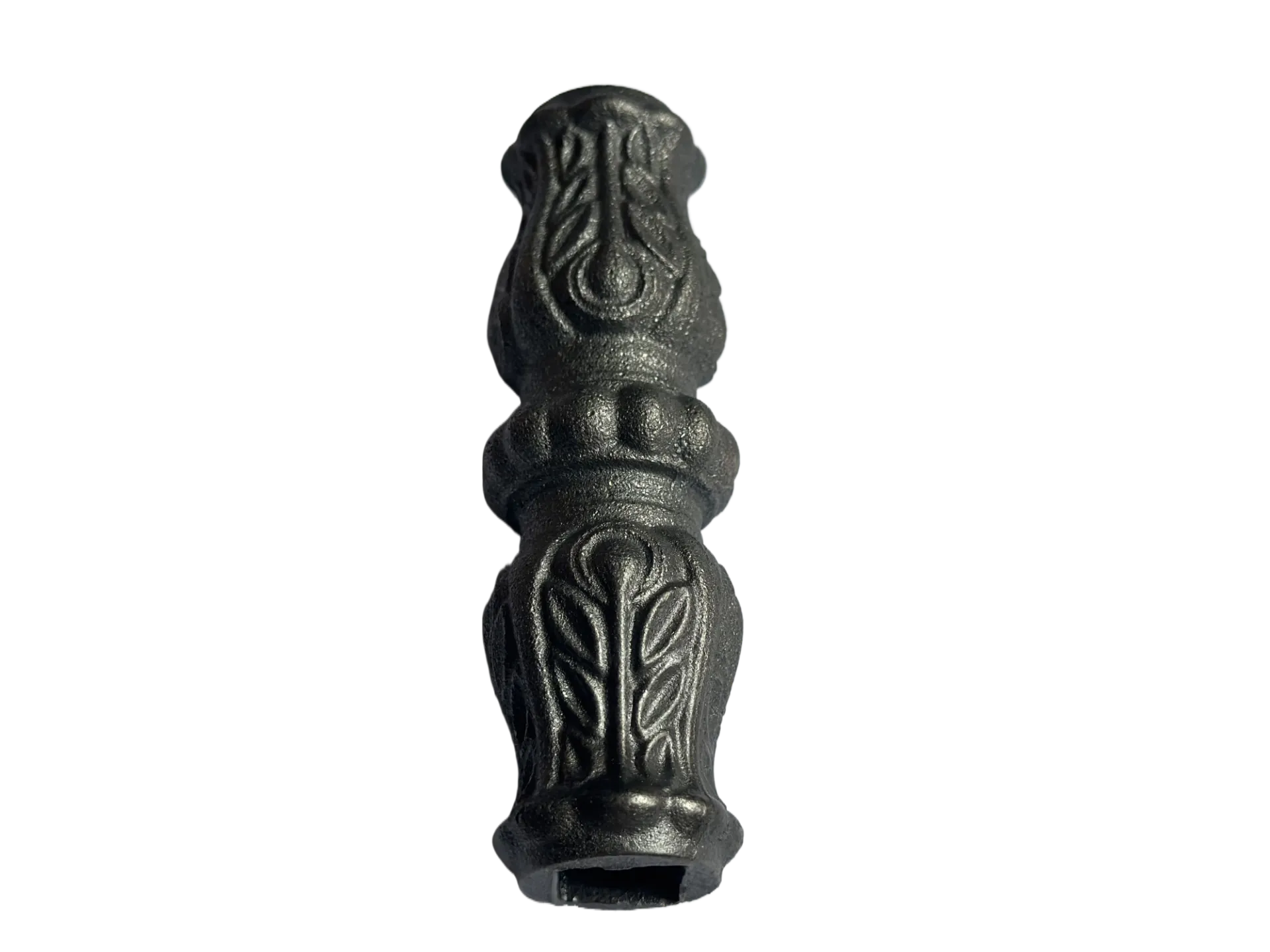adjusting sliding door wheels
How to Adjust Sliding Door Wheels for Smooth Operation
Sliding doors are a popular choice for both residential and commercial spaces due to their space-saving design and ease of use. However, like any mechanical component, sliding doors can experience wear and tear over time, especially their wheels. If your sliding door is difficult to open or close, it might be time to adjust the wheels. This article will guide you through the process of adjusting sliding door wheels for smooth operation.
Understanding the Mechanism
Before diving into the adjustment process, it's essential to understand how sliding door wheels work. Most sliding doors are equipped with rollers that allow the door to glide along a track. These wheels can become misaligned or worn down, leading to sticking or jamming issues. Regular maintenance and adjustment can help prolong the lifespan of your sliding door and improve its functionality.
Tools Needed
To adjust the sliding door wheels, you'll need a few basic tools 1. Screwdriver (either flat-head or Philips, depending on your door's screws) 2. Allen wrench (for certain models) 3. Measuring tape 4. Level (optional, but helpful) 5. Cleaning cloth
Step-by-Step Adjustment Process
1. Inspect the Door Begin by removing any obstructions around the sliding door. Examine the wheels and the track for dirt, debris, or damage. Cleaning both the wheels and the track is crucial to ensure smooth operation.
adjusting sliding door wheels

2. Lift the Door Depending on the design, you might need to lift the door slightly to access the rollers. Some doors have a removable stop or bracket—check your sliding door's configuration for guidance.
3. Adjust the Rollers Locate the adjustment screws on the roller assembly. These are typically found on the bottom of the door. Using the appropriate screwdriver or Allen wrench, turn the screws to either raise or lower the wheels. If the door is sagging, you will want to raise the wheels to level the door back in line with the frame.
4. Test the Movement After making adjustments, slide the door back and forth to check for smooth movement. If it's still sticking or wobbling, you may need to readjust the wheels. Ensure that the door aligns correctly with the frame when closed.
5. Recheck the Alignment Use a level to double-check that the door is evenly aligned. If you find any discrepancies, make minor adjustments to the wheels until the door hangs straight.
6. Final Clean and Maintenance Once everything is working well, clean the wheels and track again to remove any remaining debris. Regularly lubricate the track with a silicone-based lubricant to maintain smooth operation.
Conclusion
Adjusting the wheels on your sliding door is a straightforward task that can greatly improve its performance. By following these simple steps, you can ensure that your door glides effortlessly, enhancing the overall function and aesthetic of your space. Regular maintenance will also prevent future issues, allowing you to enjoy your sliding door for many years to come. If you encounter any persistent problems or damage that you cannot fix, consider consulting a professional for further assistance.
-
Wrought Iron Components: Timeless Elegance and Structural StrengthNewsJul.28,2025
-
Window Hardware Essentials: Rollers, Handles, and Locking SolutionsNewsJul.28,2025
-
Small Agricultural Processing Machines: Corn Threshers, Cassava Chippers, Grain Peelers & Chaff CuttersNewsJul.28,2025
-
Sliding Rollers: Smooth, Silent, and Built to LastNewsJul.28,2025
-
Cast Iron Stoves: Timeless Heating with Modern EfficiencyNewsJul.28,2025
-
Cast Iron Pipe and Fitting: Durable, Fire-Resistant Solutions for Plumbing and DrainageNewsJul.28,2025
-
 Wrought Iron Components: Timeless Elegance and Structural StrengthJul-28-2025Wrought Iron Components: Timeless Elegance and Structural Strength
Wrought Iron Components: Timeless Elegance and Structural StrengthJul-28-2025Wrought Iron Components: Timeless Elegance and Structural Strength -
 Window Hardware Essentials: Rollers, Handles, and Locking SolutionsJul-28-2025Window Hardware Essentials: Rollers, Handles, and Locking Solutions
Window Hardware Essentials: Rollers, Handles, and Locking SolutionsJul-28-2025Window Hardware Essentials: Rollers, Handles, and Locking Solutions -
 Small Agricultural Processing Machines: Corn Threshers, Cassava Chippers, Grain Peelers & Chaff CuttersJul-28-2025Small Agricultural Processing Machines: Corn Threshers, Cassava Chippers, Grain Peelers & Chaff Cutters
Small Agricultural Processing Machines: Corn Threshers, Cassava Chippers, Grain Peelers & Chaff CuttersJul-28-2025Small Agricultural Processing Machines: Corn Threshers, Cassava Chippers, Grain Peelers & Chaff Cutters












